Across decades, countless restaurants have risen to fame, dazzling guests with architecture, ambiance, and menus that once defined entire eras. Yet even the brightest establishments can fall silent victims of changing tastes, economic downturns, or time itself. Many once-celebrated dining rooms now stand frozen in decay, their laughter and clinking glasses replaced by wind and dust. Here are ten such legendary restaurants, once icons of indulgence, now left to quietly rot.
1. Panorâmico de Monsanto, Lisbon
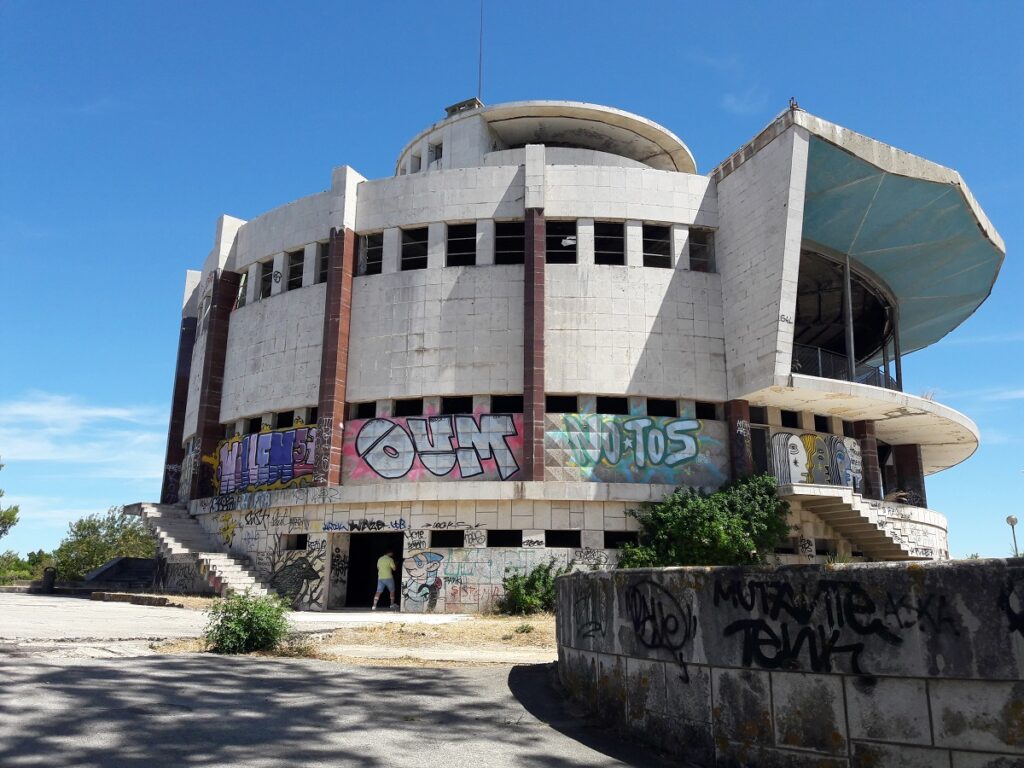
Built in the late 1960s and officially opened in 1970, Panorâmico de Monsanto was a futuristic landmark perched on a hill overlooking Lisbon. The five-story circular structure offered sweeping views and hosted lavish events for the city’s elite. However, financial troubles, ownership disputes, and changing times led to its closure in the early 2000s. Today, graffiti coats its walls and shattered glass lines the floors, yet its eerie grandeur still whispers of the city’s glamorous past.
2. UFO-Shaped Floating Restaurant “Arizona,” Poland
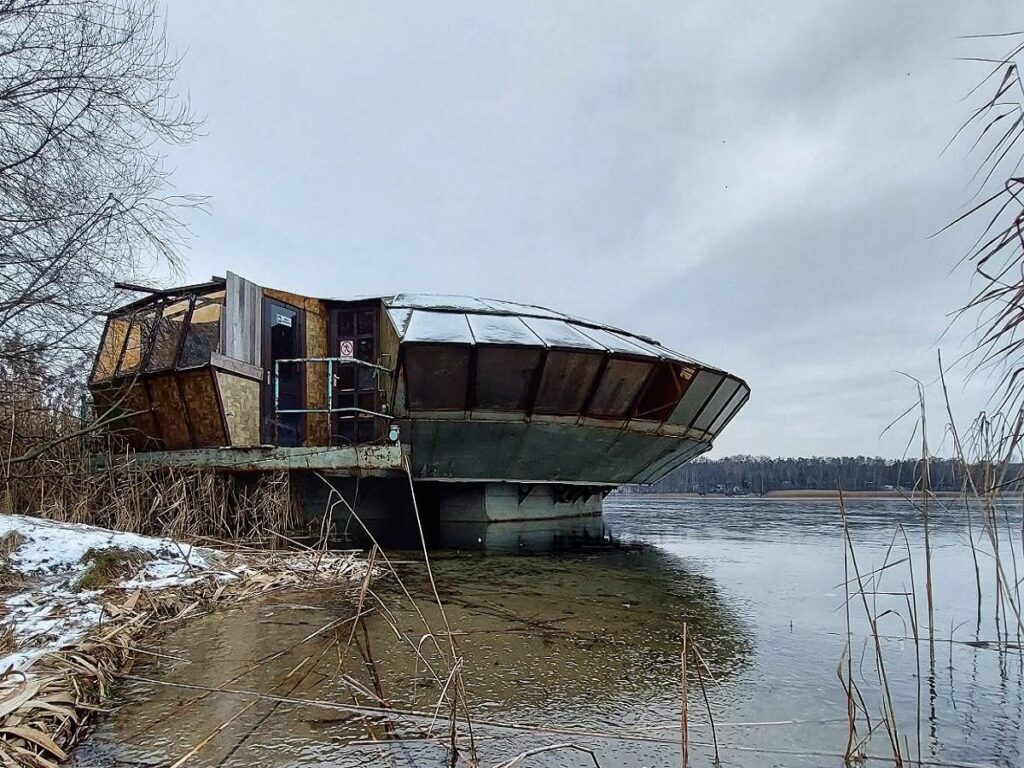
This saucer-like floating restaurant began life in the 1960s in Chorzów, Poland, before relocating to Lake Pogoria in the 1990s under the name “Rose of the Winds.” The futuristic design attracted families and tourists eager for a meal inside a “spaceship” above water. But rising costs and safety issues grounded its popularity, forcing its closure in 2008. Now the once-sparkling vessel sits rusted and hollow, its windows shattered and deck submerged, a haunting relic of mid-century optimism.
3. The Bomber Restaurant, Oregon, USA
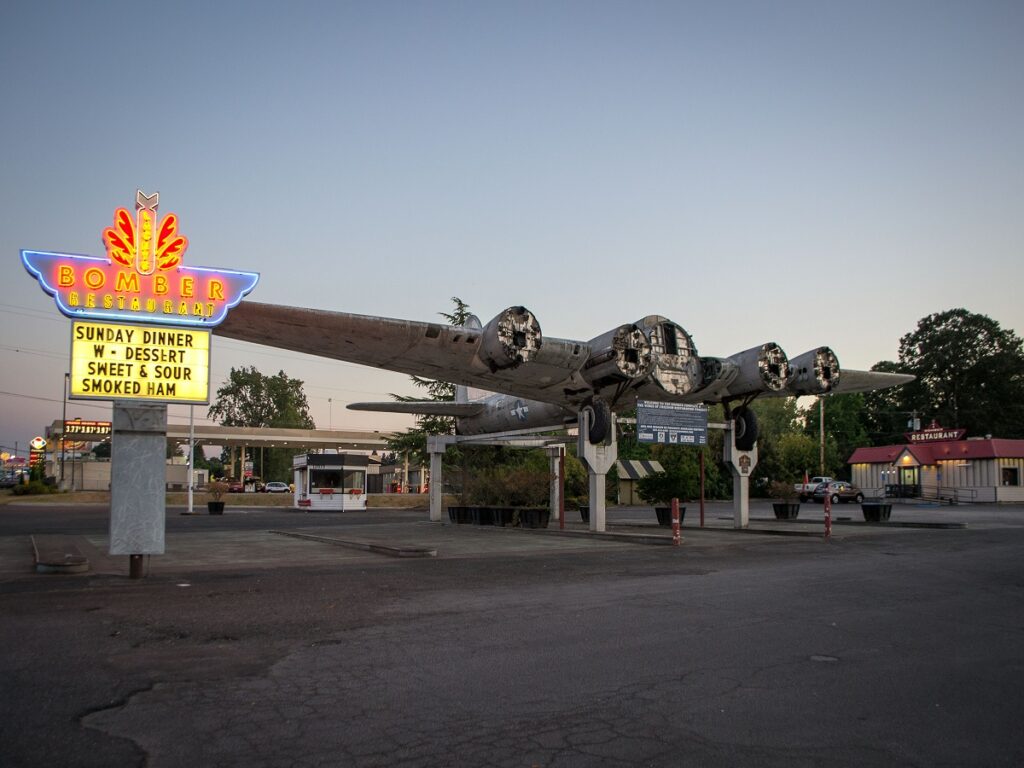
Opened in 1947 by entrepreneur Art Lacey, The Bomber Restaurant became an Oregon landmark thanks to the massive B-17 bomber mounted above its roof. Families and travelers flocked to dine beneath the plane’s wings, enjoying hearty American fare in a setting unlike any other. Yet after 73 years of operation, declining sales and mounting upkeep forced its closure in 2020. The bomber itself was removed earlier, leaving behind an empty shell where nostalgia still lingers in the quiet air.
4. The Gay Hussar, London
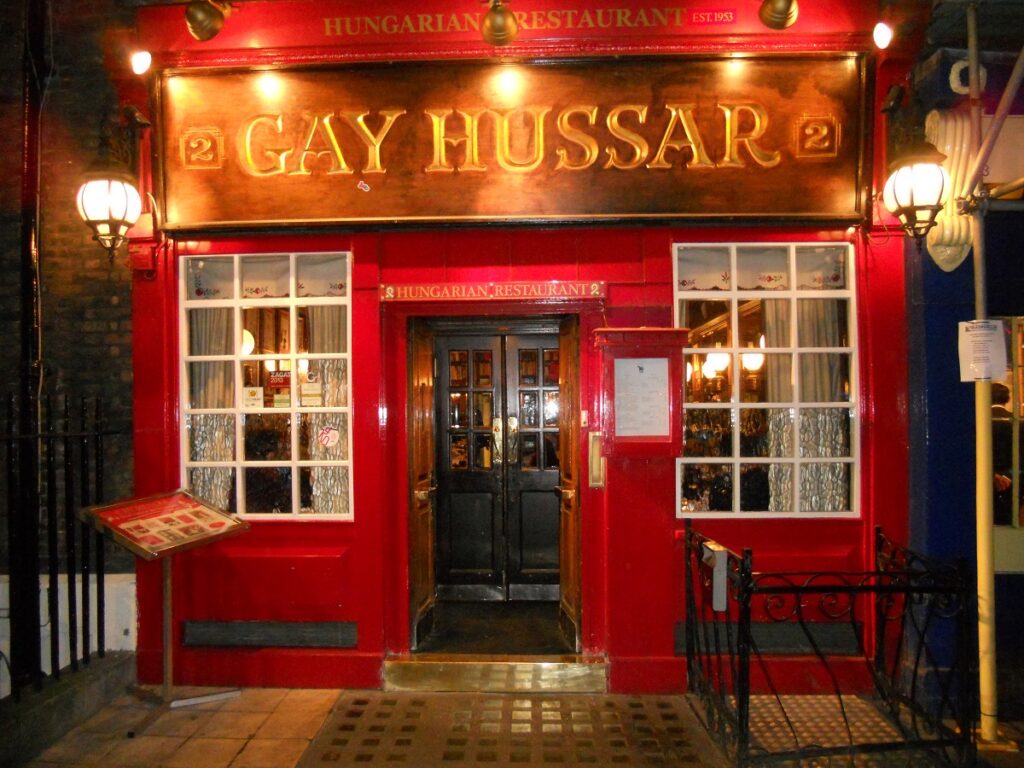
Established in 1953 by Hungarian restaurateur Victor Sassie, The Gay Hussar quickly became the beating heart of London’s political and journalistic scene. Inside its cozy Soho dining rooms, debates, scandals, and friendships were forged over rich paprika-laced dishes. But as leases changed hands and dining trends shifted, the restaurant finally closed in 2018. The building has since stood dormant, and though its façade remains intact, the warmth and wit that once defined it have faded into memory.
5. The Hilltop Steak House, Massachusetts

Founded in 1961 in Saugus, Massachusetts, The Hilltop Steak House was once America’s busiest restaurant, serving over 3 million customers annually. Known for its neon cactus sign and massive portions, it thrived for decades. However, rising competition and mismanagement led to its 2013 closure. The landmark sign still glows occasionally, though the sprawling building now sits mostly empty, a reminder of a bygone era of roadside dining excess.
6. L’Ortolan, Reading, England
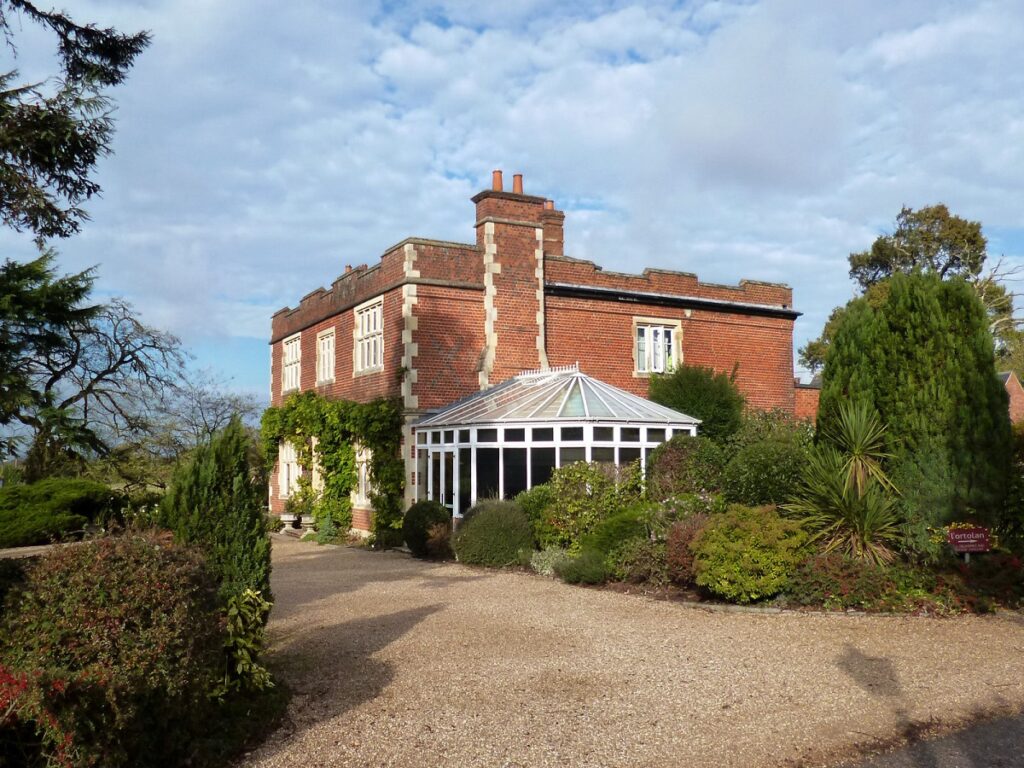
Housed in a stately 19th-century vicarage, L’Ortolan opened in 1978 and soon became one of England’s most prestigious fine-dining destinations. It reached its peak in 1988 with two Michelin stars, attracting gourmands from across the country. But luxury dining faced mounting challenges, and in 2024, the restaurant finally shuttered its doors. The grand building still stands, its stained-glass windows gathering dust, serving as a ghostly echo of what was once Berkshire’s proud culinary jewel.
7. Michelangelo da Vinci Restaurant, Italy

Opened in 2000 near Villamarzana, Italy, the Michelangelo da Vinci Restaurant was as imaginative as its name, a sprawling complex built around repurposed airplanes and helicopters. Guests dined inside aircraft cabins surrounded by Renaissance-themed décor, a surreal blend of art and aviation. Despite its novelty, legal disputes and financial issues forced the closure in 2014. Today, moss covers the planes, tables lie overturned, and the grand concept sits grounded, abandoned to silence and rust.
8. The Velvet Turtle, California

Launched in 1963 in Redondo Beach, The Velvet Turtle became a popular fine-dining chain throughout California, offering tableside service and classic continental cuisine. It symbolized mid-century sophistication but couldn’t adapt to modern tastes. The last location closed in 2014, leaving behind empty buildings with faded signage and darkened chandeliers. Its legacy lives on only in vintage menus and the memories of diners who once dressed up for its elegance
9. Spenger’s Fresh Fish Grotto, California
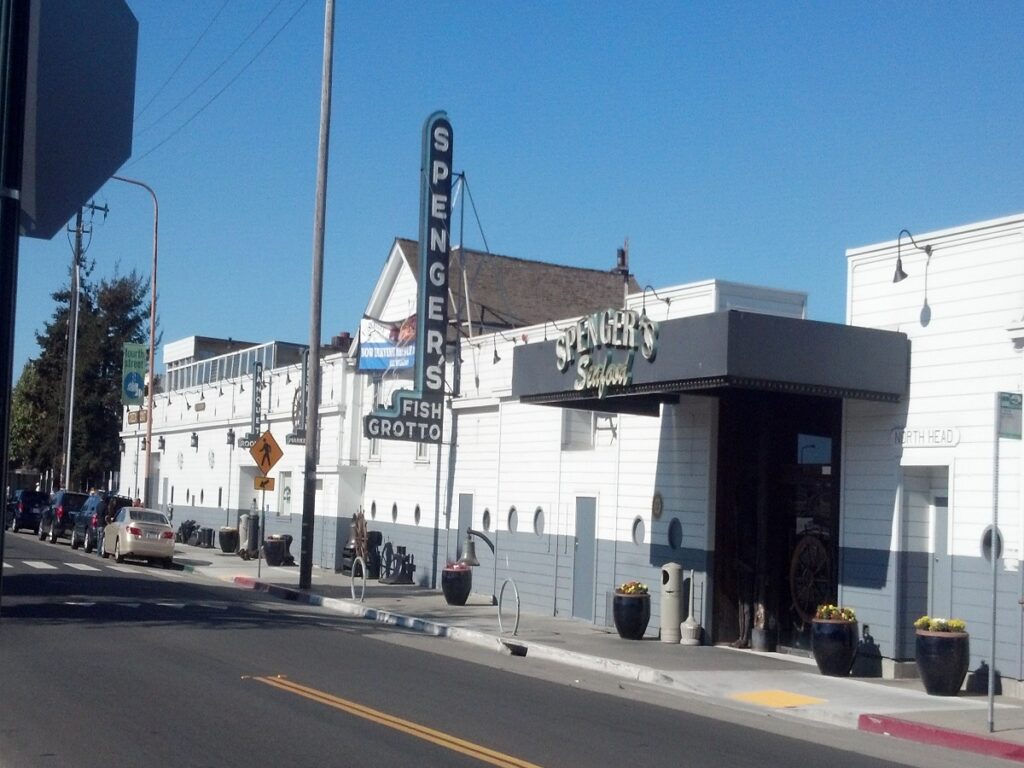
Established in 1890 in Berkeley, Spenger’s was one of California’s oldest continuously operating restaurants. It became a West Coast seafood institution, famed for its nautical décor and family recipes. Declining patronage and maintenance costs forced its closure in 2018. The building remains vacant, with peeling paint and weathered anchors outside frozen in time, awaiting a revival that never came for this century-old Bay Area treasure.
10. San Lorenzo, Knightsbridge, London

When Lorenzo and Mara Berni opened San Lorenzo in 1963, it became an instant favorite among royalty, actors, and high-society elites. Known for its authentic Italian cuisine and discreet glamour, the restaurant symbolized London’s sophistication for nearly six decades. But the rise of modern competitors and financial strain eventually forced its closure in 2022. Its basement dining room now sits still and empty, carrying faint echoes of laughter, champagne, and an era that will never return.
Comments